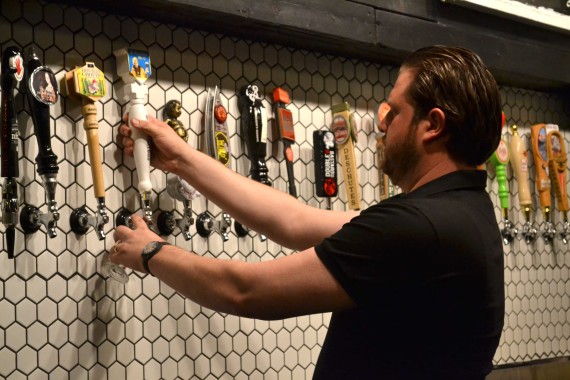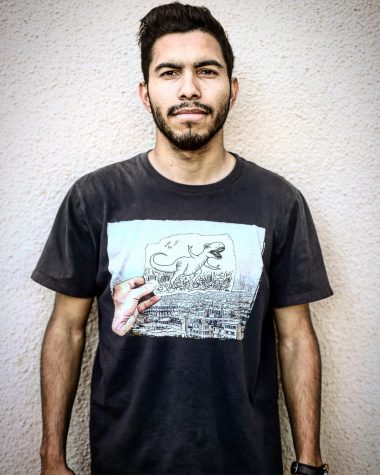Each year, an estimated 1,825 college students between the ages of 18 and 24 die from alcohol-related injuries, according to the National Institution of Health (NIH). Many alcohol-related deaths are unintentional and associated with the phenomenon of binge drinking.
As defined by NIH, binge drinking is the consumption of an excessive amount of alcohol in a short period of time.
About four-out-of-five college students drink alcohol and half of those college students binge drink,
according to NIH.
Sherri Terrell, director of the University Counseling Center, has worked with many college students during her time at the University of Houston, Western Michigan and UTEP. She sees binge drinking as a serious problem.
“Most college students who binge drink think it is normal,” Terrell said. “But they do not realize what risk they are at if they binge drink. You put yourself at more risk with binge drinking, but students don’t expect a fallout with (it).”
Someone who binge drinks has a higher rate of having academic problems, sexual abuse, assault, suicide attempts and death, according to NIH. Binge drinkers are 14 times more likely to report alcohol-impaired driving than non-binge drinkers, as stated by the Centers for Disease Control and Prevention.
Most of the students that Terrell has seen have not directly related their problems with drinking, but drinking is usually a part of the issue for the students who seek counseling.
“I can’t point to drinking as the number one cause, but it does play a frequent role,” Terrell said. “It’s not uncommon for a student to say they have dealt with substance abuse problems or someone in their family has.”
Even though binge drinking seems to pose a problem, junior English major Fallon Cisneros does not see it as a problem on campus.
“It was worse when I was in high school,” Cisneros said. “Getting drunk is not common since I have been here at UTEP. UTEP is a pretty safe campus and there are worse colleges out there. Binge drinking can go both ways. You can either get over it in college or it may turn into alcoholism.”
Whereas Cisneros has not seen binge drinking as a problem at UTEP, she has seen alcohol as a vice or used as a coping mechanism.
“Some of my friends, for example, have dealt with a lot of their personal issues by drinking their problems away,” Cisneros said. “So their solution to everything is to get drunk.”
Although plenty of research has been conducted with the relationship between college binge drinking and alcoholism later on in life, no study has proven this correlation.
“Alcohol abuse tends to be at a steady rate and binge drinking has gone up,” Terrell said. “To say it is a fad, I don’t think so. It is more dangerous than people think.”
Whether students agree or disagree on the use of alcohol, freshman mathematics major Israel Perez has seen it get out of hand on a few occasions.
“I see people who have gotten to the point where they have passed out,” Perez said. “I remember the first tailgate I went to—there were people fighting and things got out of hand (since) there is no one there to control it.”
UTEP does have the advantage of being the the safest city of its size in the United States. According to CQ Press, an independent research firm, El Paso has the lowest crime rate of any city in the United States with more than 500,00 people. UTEP does not rank in the top 50 most dangerous schools in the United States according to The Daily Beast, Elite Daily and Business Insider.
“I think most of our students are pretty savvy,” Terrell said. “They do a good job of cutting back on drinking. That does not mean we don’t have students who drink, but they are less likely to get intoxicated.”
The relationship of binge drinking and alcoholism is not an open-and-shut case, but binge drinking and drinking in general do have clear cut dangers.
“Alcohol touches everyone in life and not always positively,” Terrell said. “Binge drinking will continue to be a problem until students understand the dangers of it.”
Javier Cortez may be reached at [email protected].












